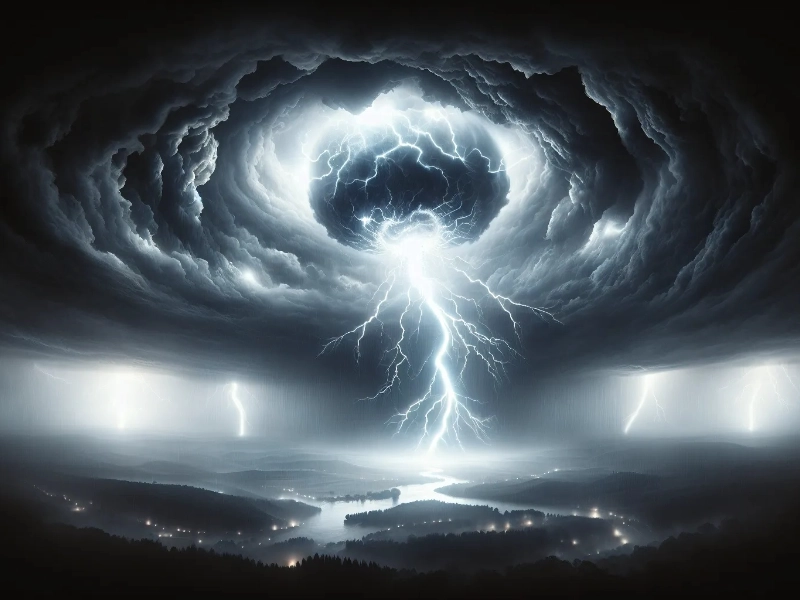15 Scientific Theories About Ball Lightning: The 8th Will Revolutionize Your Understanding
Advertisement
For millennia, ball lightning has captivated and perplexed experts as well as viewers. This unusual and enigmatic atmospheric phenomena keeps eluding complete scientific explanation and generates many ideas and hypotheses. We investigate in this post 15 fascinating scientific hypotheses on ball lightning, including one that might entirely alter your understanding of this mysterious phenomena. From plasma physics to quantum mechanics, these ideas provide a window into the innovative work on one of nature's most confusing sights.
1. The Plasma Vortex Theory

Advertisement
According to the plasma vortex theory, complicated interactions between electromagnetic fields and atmospheric gases produce self-sustaining plasma events called ball lightning. This idea holds that a confined electric field ionizes air molecules to create a plasma with a stable, spherical form. A careful equilibrium between energy loss via radiation and heat and energy input from the surrounding electromagnetic field keeps the plasma alive. Advocates of this view contend that the apparent stability and lifetime of the plasma ball can be explained by the vortex-like motion of charged particles inside it. This model clarifies several observed properties of ball lightning, including its capacity to enter through narrow gaps without dissipating and to move against the wind. Furthermore according to the theory, the composition of the ionized gases and the strength of the electromagnetic field can affect the color and brightness of ball lightning. Critics counter that it is difficult to recreate in laboratory settings such a plasma structure created and sustained in the open atmosphere. Notwithstanding this, the plasma vortex hypothesis remains the main theory of explanation, motivating more investigation on the physics of plasmas and their possible uses in sectors ranging from fusion energy to space propulsion.
You May Like
Advertisement










